RickHuf
Gold Member
- Joined
- Jan 19, 2023
- Messages
- 2,143
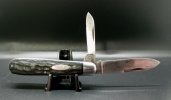
A big thanks to
This patent (attached below) for the Robeson Cutlery Company was approved on June 13th 1916. It describes the method invented to secure the covers to the scale plates of the knife. In a nutshell, the metal was stamped to accept the cover and then pressed over the edges to hold it in place. From the photos of the knife you can clearly see how this was done!
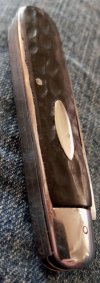
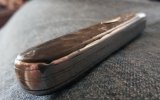
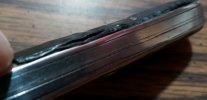
The patent describes the pitfalls of natural, expensive materials and explains their intent to use a different material that could be manufactured cheap, quick and is very resilient.
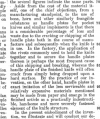
This material is noted as "commercial fiber" as used by the electrical trades. Commercial fiber is actually called "Vulcanized fiber". This material could be secured to the knife and then stamped to imitate the designs of bone and stag.
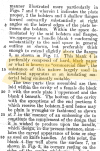
Vulcanized fiber is one of the earliest forms of plastics. A simple explanation is that It is made by soaking paper in zinc chloride, stacking and compressing it. The zinc chloride dissolves the cellulose fibres in the paper and when dried it bonds together forming one vulcanized or hard rubber sheet. It was (and still is) widely used in many industries including the electrical field as noted in the patent. It was used as an insulator. In my line of work we see it was used as washers to seal mechanical pipe joints.
The black color seen on this knife is obtained by adding "lamp black" to the mixture. Lamp black is an old school term for pigment made from soot. Soot has been used to dye since the first human picked up a burnt piece of wood and stained their fingers black.
At the risk of going on and on about the subject, I'll end it here and attach the patent for anyone interested. Thanks for reading and have a good day!
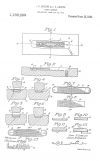
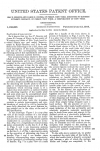
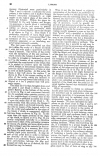
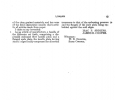
Patent images courtesy of Google patents
